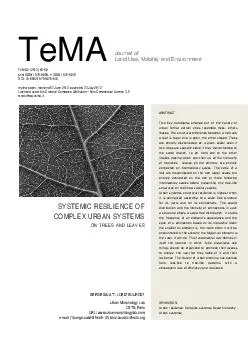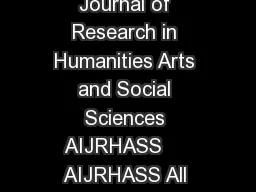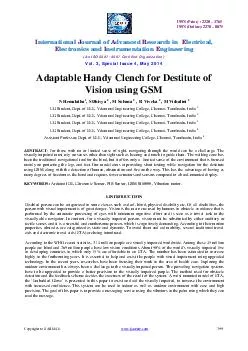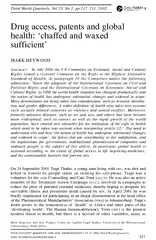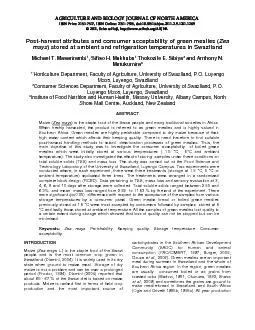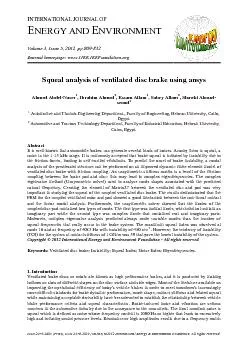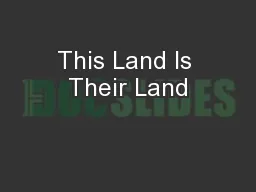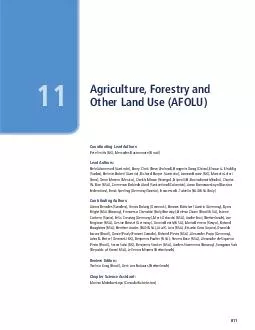PDF-TeMA Journal of Land Use Mobilit y and Environment TeMA print ISSN e ISSN DOI
Author : tawny-fly | Published Date : 2014-12-25
609219709870918 review paper received 07 June 2012 accepted 23 July 2012 Licensed under the Creative Commons Attribution Non Commercial License 30 wwwtemauninait
Presentation Embed Code
Download Presentation
Download Presentation The PPT/PDF document "TeMA Journal of Land Use Mobilit y and E..." is the property of its rightful owner. Permission is granted to download and print the materials on this website for personal, non-commercial use only, and to display it on your personal computer provided you do not modify the materials and that you retain all copyright notices contained in the materials. By downloading content from our website, you accept the terms of this agreement.
TeMA Journal of Land Use Mobilit y and Environment TeMA print ISSN e ISSN DOI: Transcript
Download Rules Of Document
"TeMA Journal of Land Use Mobilit y and Environment TeMA print ISSN e ISSN DOI"The content belongs to its owner. You may download and print it for personal use, without modification, and keep all copyright notices. By downloading, you agree to these terms.
Related Documents

